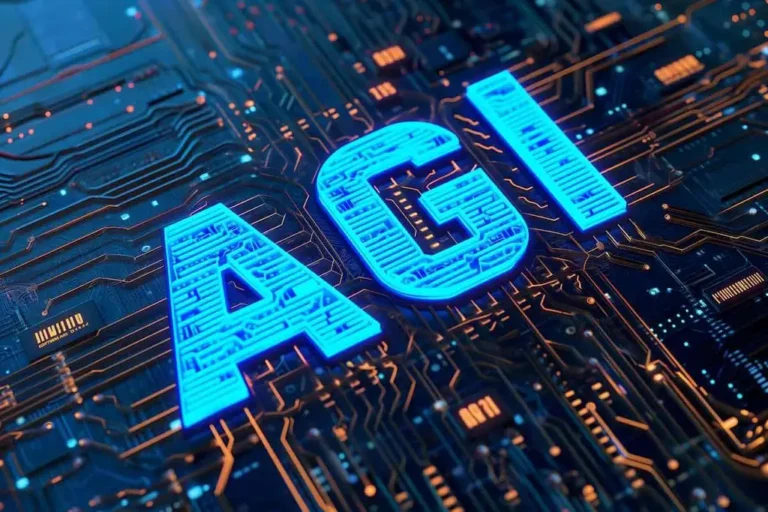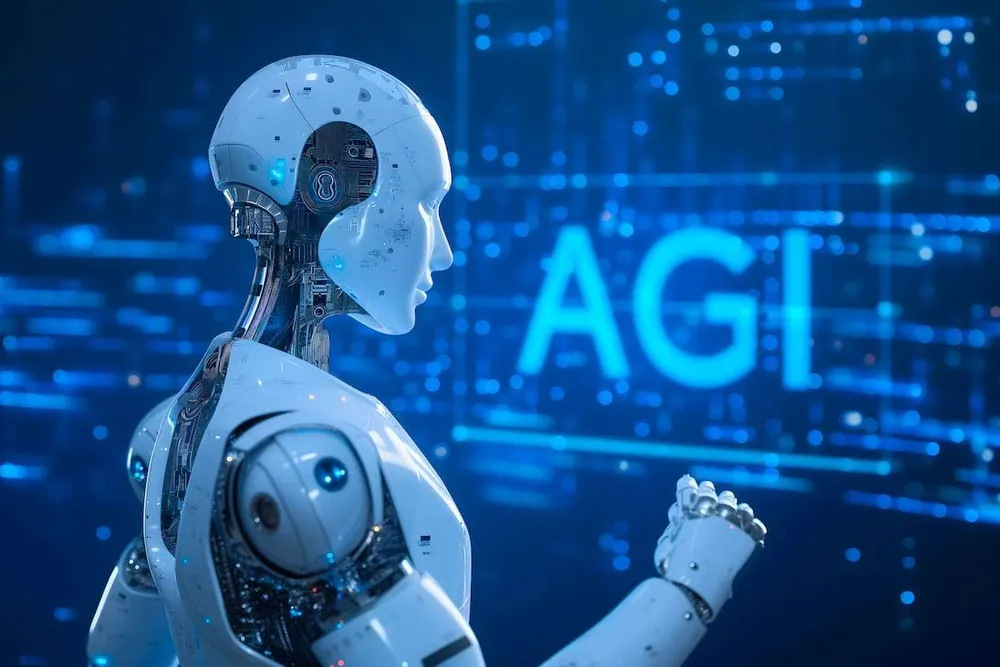Fog Computing Vs Cloud Computing: Key Differences
Integrating the Internet of Issues with the Cloud is an inexpensive way to do business. Off-premises companies provide the scalability and suppleness needed to handle and analyze knowledge collected by connected gadgets. At the identical time, specialized platforms (e.g., Azure IoT Suite, IBM Watson, AWS, and Google Cloud IoT) give developers the power to construct IoT apps with out major investments in hardware and software. Even figuring out the distinction between cloud, fog and edge computing, it can be challenging to determine out which method to choose and how to extract actual benefits from it. The expertise panorama for IoT and large data has been changing rapidly within the final several years. Adoption of cloud and different types of computing for IoT requires expertise and experience.

Advantages Of Using Fog Computing For Businesses
It depends on and works immediately with the cloud handing out information that don’t have to be processed on the go. If necessary, it engages native computing and storage assets for real-time analytics and fast response to events. It’s the type of computing where knowledge is saved on a number of servers and could be accessed on-line from any device. Instead of saving data to native servers or gadgets, customers store it on third-party on-line servers placed in distant information centers.

The decentralized information storage approaches (fog and edge) correspond with a few of the major IoT needs, similar to accessibility, safety, mobility, and real-time processing. Lastly, fog computing delivers cloud capabilities to the sting of networks, increasing efficiency, reducing latency, and bettering data processing capabilities. It is perfect for real-time knowledge analysis, low-latency functions such as IoT, and conditions the place information privacy and safety are critical.
When leveraged smartly, these computing frameworks can empower businesses to boost operational efficiency and foster accurate decision-making, ultimately accelerating revenue advertising efforts. Edge, fog, and cloud are crucial computing frameworks that can empower companies to thrive in today’s advanced technological ecosystem. According to projections by IDC, by 2025 the world will witness 55.7 billion IoT gadgets, producing almost 80B zettabytes of data.
Nonetheless, Fog computing utilizes a a lot more distributed setup, with quite a few smaller server clusters located at varied points throughout the network. This makes fog computing rather more efficient when it comes to sources, leading to sooner communication speeds and decrease latency when compared to cloud computing. As a end result, whereas we take a comparison of fog computing and cloud computing, we will witness many advantages. However by way of knowledge integration, fog computing presents a clear advantage because of its improved processing speed and suppleness. Cloud computing offers far more superior and better processing technological capabilities than fog and edge frameworks.
Many companies give attention to edge computing on their way to decentralization, whereas others adopt fog computing as a major information storage system because of its excessive pace and elevated availability. Nonetheless, it allows additional assets and services to be added to the edge network. On the opposite hand, we’ll delve into the benefits of fog computing, such as low latency, bandwidth optimization, and offline capabilities. By understanding these advantages fog computing vs cloud computing, readers will be able to assess the potential influence of each paradigm on their operations and determine essentially the most applicable method to satisfy their computing needs. Whereas these providers adhere to stringent security measures, issues regarding data privateness and compliance regulations persist. Fog computing addresses these considerations by keeping delicate knowledge closer to its supply, reducing the need for intensive data transfers and reliance on exterior data centers.
Fog computing is designed to work with a variety of units, including sensors, cameras, and other IoT devices. This makes it a super resolution for organizations with various hardware requirements. As such, when contemplating the professionals and cons of cloud vs fog computing, the query of location awareness turns into an important factor to contemplate. General, whereas both cloud and fog computing have their respective benefits, you will want to carefully consider which mannequin is greatest suited in your explicit needs. So, edge and fog computing are finest fitted to use cases where the IoT sensors might not have the most effective web pace. The main distinction between the three computing frameworks is their information processing location.

This dynamic community connectivity ensures an integral part of cloud computing architecture on guaranteeing easy access and knowledge switch. By 2020, there shall be 30 billion IoT devices worldwide, and in 2025, the number will exceed 75 billion connected things, according to Statista. All these units will produce big amounts of information that will have to be processed shortly and in a sustainable way. To meet the growing demand for IoT solutions, fog computing comes into motion on par with cloud computing.
- Fog can even include cloudlets — small-scale and quite powerful data centers located on the edge of the community.
- Cloud computing depends heavily on centralized servers which are positioned distant from customers, which may result in slower response times and lag.
- Our highly certified specialists have vast experience in IT consulting and customized software program growth.
- Nevertheless, fog computing requires extra infrastructure, which could be expensive to arrange and maintain.
- Fog computing can be utilized to help a variety of functions that require information to be processed on the fringe of the network.
Position Of Edge, Fog And Cloud Computing In The Future Of Iot
It entails the internet-based distribution of pc sources such servers, storage, databases, networking, and purposes. Nonetheless, fog computing requires more https://www.globalcloudteam.com/ infrastructure, which can be expensive to arrange and preserve. Moreover, cloud computing is extra flexible as a end result of it can be used at the side of other types of networks. For these causes, it is unlikely that fog computing will utterly replace cloud computing. Ultimately, the choice between cloud and fog computing comes right down to the particular needs and necessities of an organization, as each strategy provides unique advantages and trade-offs. Nevertheless, using the cloud computing framework would require a safety system to safeguard your knowledge in opposition to potential cyber threats.
Interplay Between Units
Typically this information is in distant areas, so processing near where its created is crucial. Other times the info must be aggregated from numerous sensors. Fog computing architectures might be devised to solve Product Operating Model both of those issues. Fog also can embrace cloudlets – small-scale and quite powerful information facilities located on the network’s edge.
This distributed mannequin allows for sooner knowledge analysis, lowered bandwidth usage, and enhanced privacy. It is dependent on centralized data facilities in far-off locations, sometimes often recognized as “the cloud.” Users may use these assets every time they choose, simply paying for the services they actually use. Scalability, flexibility, and cost-effectiveness of cloud computing make it perfect for processing and storing monumental amounts of information. Relating To cloud computing versus fog computing, there are a couple of significant variations that set these two paradigms aside. Maybe the most obvious difference between fog computing and cloud computing is the number of server nodes required for each approach.
